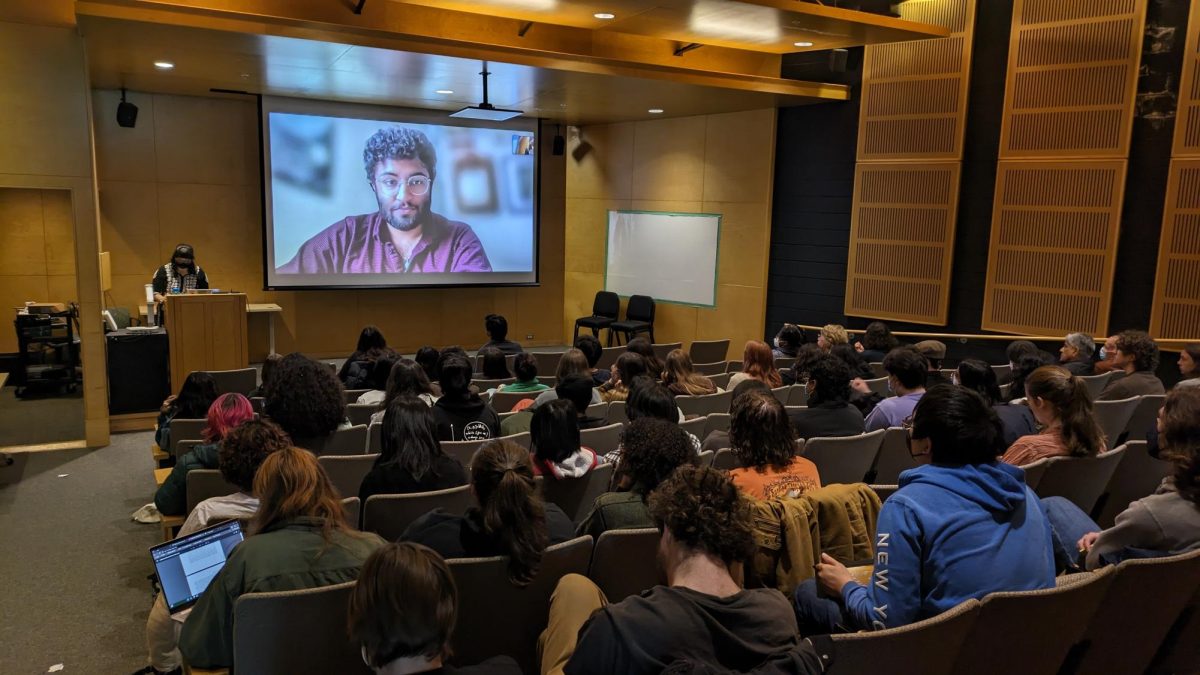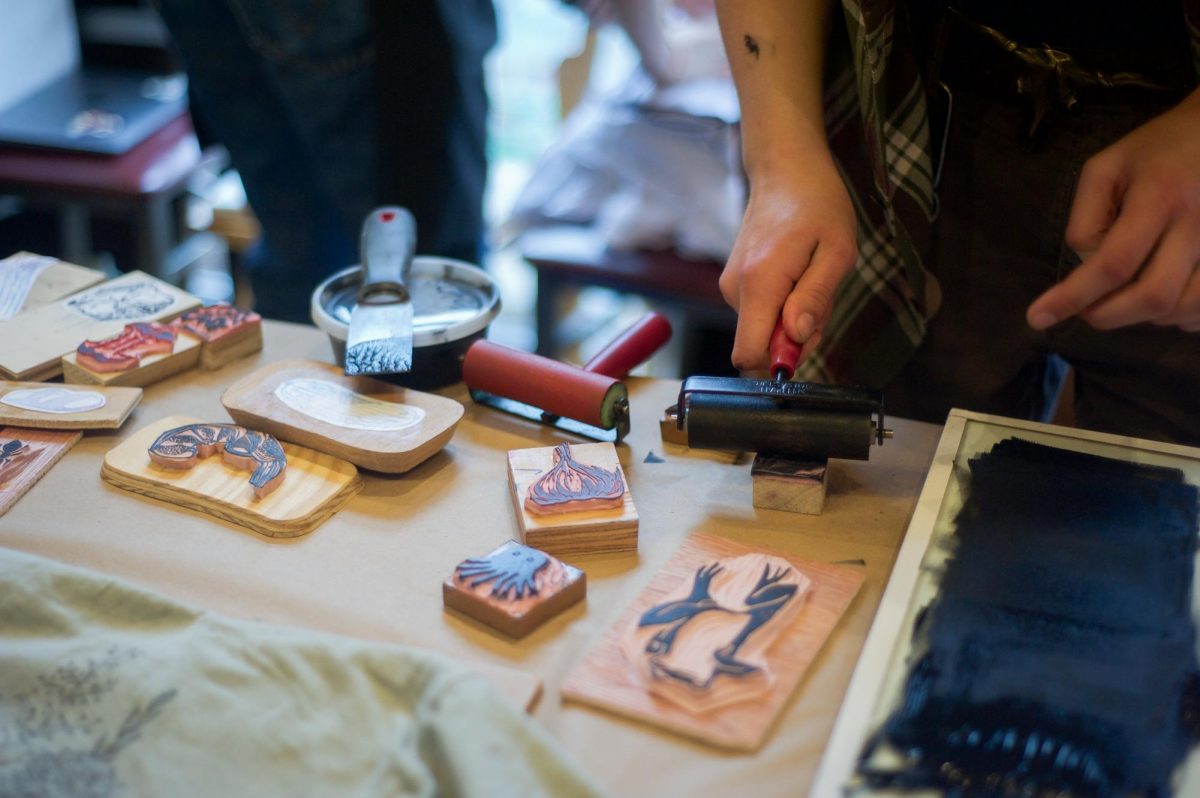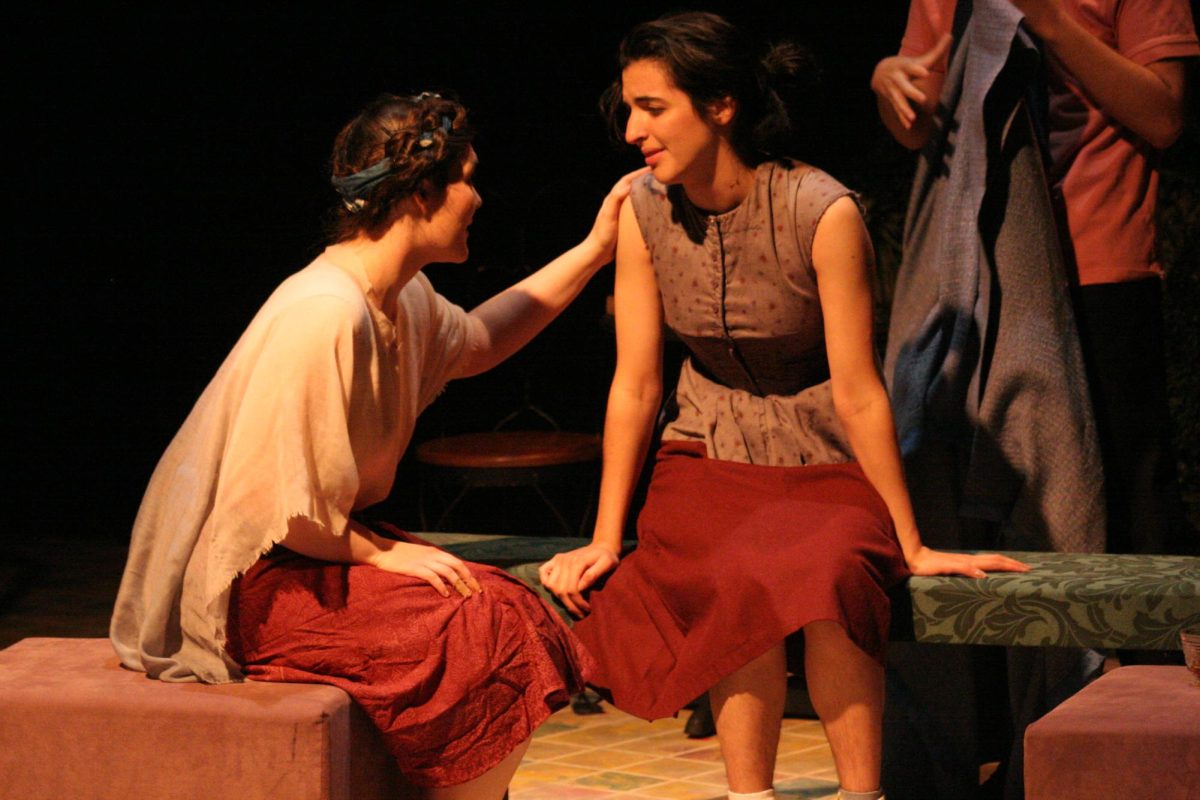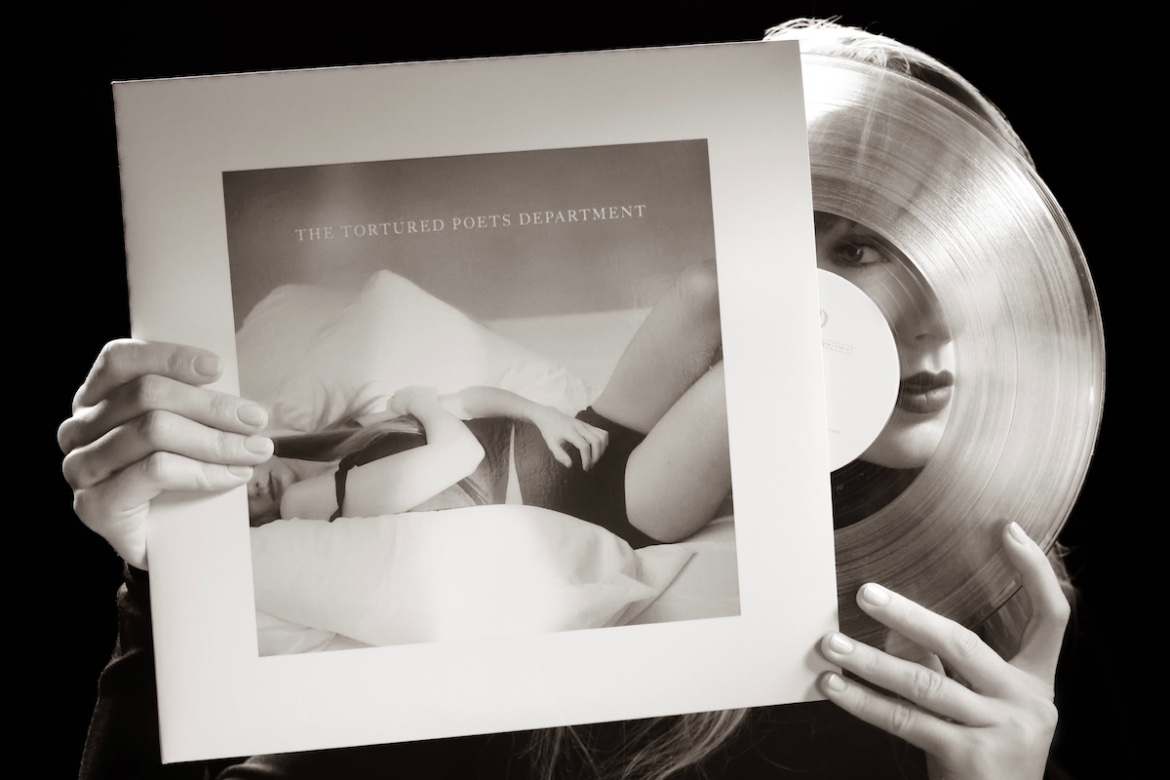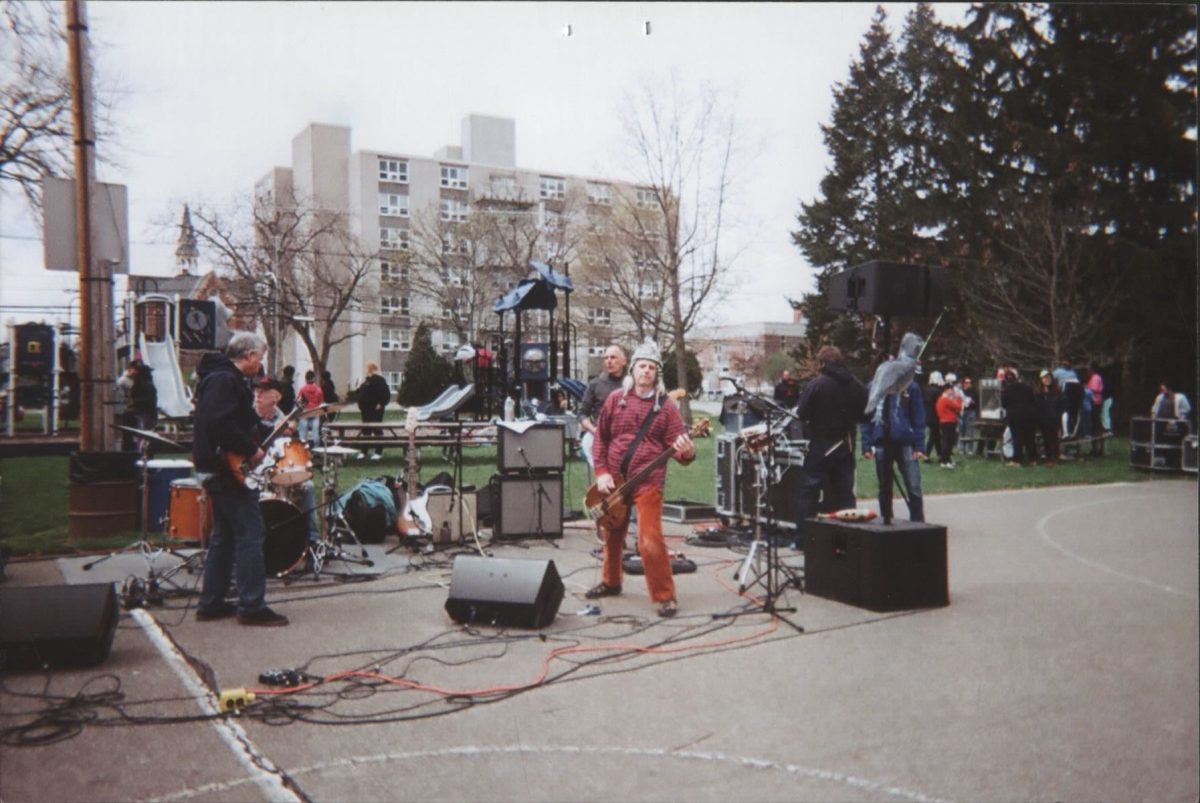Hyman to Bring Shakespeare’s Roman Plays Back to Italy
September 19, 2014
All roads lead to Rome, particularly for eight students this Winter Term. Associate Professor of English Wendy Hyman has organized an excursion to Rome in January for interested applicants to study three of Shakespeare’s five Roman plays in Italy’s capital city. According to Hyman, those selected for the program will have the opportunity “to see things contextualized and alive.” She spoke at a general interest meeting for “Shakespeare in Rome” last Friday to an excited audience of students hoping to secure one of the eight spaces available.
Hyman said she “certainly wanted to include Titus Andronicus, because the trip is being subsidized very generously by [the Julie Taymor ’74 Student Support Fund for Art and the Culture Abroad.] … Julie Taymor directed Titus Andronicus, so it’s a wonderful time for us to look at the film, read the play.”
She said she decided to include Antony and Cleopatra and Julius Caesar in the program because these two plays grant the best access to the Rome that is still visible and allow students to contextualize the performances in their original locations.
More than half of Shakespeare’s plays are set in Italy, including the five that take place in Rome. Nevertheless, Shakespeare himself never stepped foot on the Italian peninsula.
“England was still forming its national identity, and they looked to Rome and the Renaissance for their inspiration,” Hyman said. English poets and playwrights saw themselves as a nationalizing force, creating an English identity in much the same way that Virgil and Ovid did for Rome. This time period was characterized by international travel on an unprecedented scale. “Yes, he had never seen it,” Hyman said, “but in a funny way, that doesn’t matter so much. In a way, Shakespeare invented Rome, or helped invent it.”
Hyman and her students will visit key locations from all three plays, such as the Coliseum, the Forum, the Catacombs and the Pantheon. There are also murmurs of possible side trips to Pompeii, Naples, Verona — to see Juliet’s balcony and grave — and the anatomy theater at Padua. Hyman also intends to contextualize the performances through visual art. She is excited about the opportunity to witness some of the art that was created by Shakespeare’s contemporaries — specifically, the paintings of various mythological and historical figures that the playwright references in his plays.
This will not be the first time Hyman has taught Shakespeare in Rome, but it is her first time adapting the program into a Winter Term trip. She said this transformation has provided its own unique challenges.
“I can’t just pop over to the Vatican to look at the art that I’m going to show, so I’ve been looking at stuff online,” she said. “I’m hoping that when I get to Rome, I’ll be getting there maybe a week and a half before my students. I’m going to kind of do a dry run of the objects I think I’m going to look at, along with the plays I plan to teach.”
Hyman also said she feels that “not having it all figured out can actually be really productive, pedagogically, too, because it puts me in the position of being a novice and seeing things for the first time, instead of having a canned thing that I always say when I show people this painting in relation to this poem. Serendipity happens when you don’t have it all figured out.” Instead of just passing information on to her students, Hyman said she wants to “put in front of them a painting or a cuneiform tablet or an original document from the Renaissance, and say, ‘Here, what do you think?’ I’m not the only one making new knowledge or reporting old knowledge, but the students actually make the knowledge by having the object in front of them.”
Hyman has already received over 100 requests for applications to fill the program’s eight available spots. She recommends that those who don’t get a spot be patient, as she is “actively exploring having the program every other year, if not every year.” In the meantime, she said she suggests taking a course she is teaching on Shakespearian tragedies in the spring. She is also considering inviting another faculty member along in future incarnations of the program in order to accommodate more students, and she said she intends to continue the program for many years to come.





